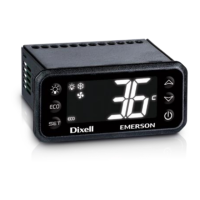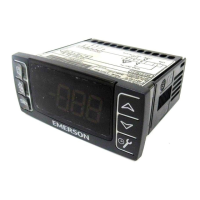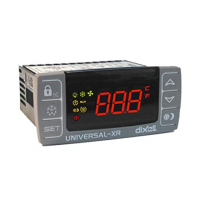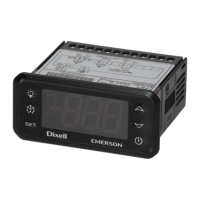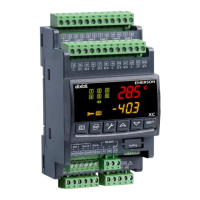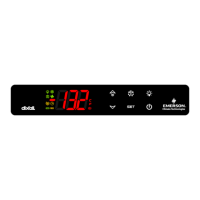User Manual Chapter 2
GFK-1742F Jan 2020
System Overview 28
2.2.4 Connecting the β Series SVU Digital Servo Amplifier
The
Series Digital Servo Amplifier does not contain any user adjustments. To connect the
Series Servo Amplifier, follow the steps outlined below. Refer to the previous section for
Series Amplifiers.
1.
Connect the
Series Digital Servo Amplifier to the DSM314
A.
Before connecting the servo command cable, make sure the DSM314 faceplate
shield ground wire is connected. This wire is shipped with the DSM314 module
and must be connected from the ¼ inch blade terminal on the bottom of the
module to a suitable panel earth ground.
B.
The servo command cable contains the pulse width modulated (PWM) output
signal of the motion controller, the serial data from the motor encoder, and
diagnostic signals from the amplifier. The signals carried in this cable are at data
communications voltage levels and should be routed away from other high
current conductors.
C.
Locate the servo command cable IC800CBL001 (1 meter) or IC800CBL002 (3
meter). Insert the mating end of this cable into the connector JS1B, located on
the front of the Servo Amplifier (see Figure 13).
D.
This step depends on whether you are using a terminal board:
—
If you are not using the IC693ACC335 axis terminal board to break out user
I/O, such as overtravel or home limit inputs, insert the other end of the cable
into the connector labeled A, for servo axis 1, or B for servo axis 2, on the
front of the DSM314.
—
If you are using the IC693ACC335 axis terminal board, insert the other end
of the cable into the terminal board connector marked SERVO. Next locate
the servo command cable IC693CBL324 (1 meter) or IC693CBL325 (3
meter). Insert one end of this cable into the terminal block connector
marked DSM. Insert the other end of the cable into the connector labeled A,
for servo axis 1, or B for servo axis 2, on the front of the DSM314.
To connect additional amplifiers, repeat steps B - D above for each additional amplifier.

